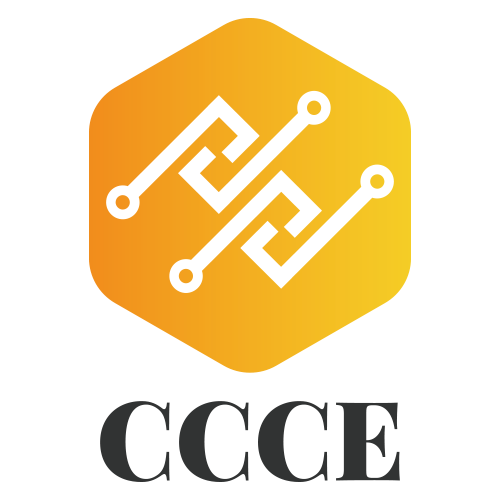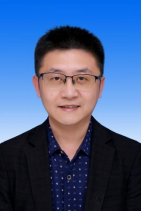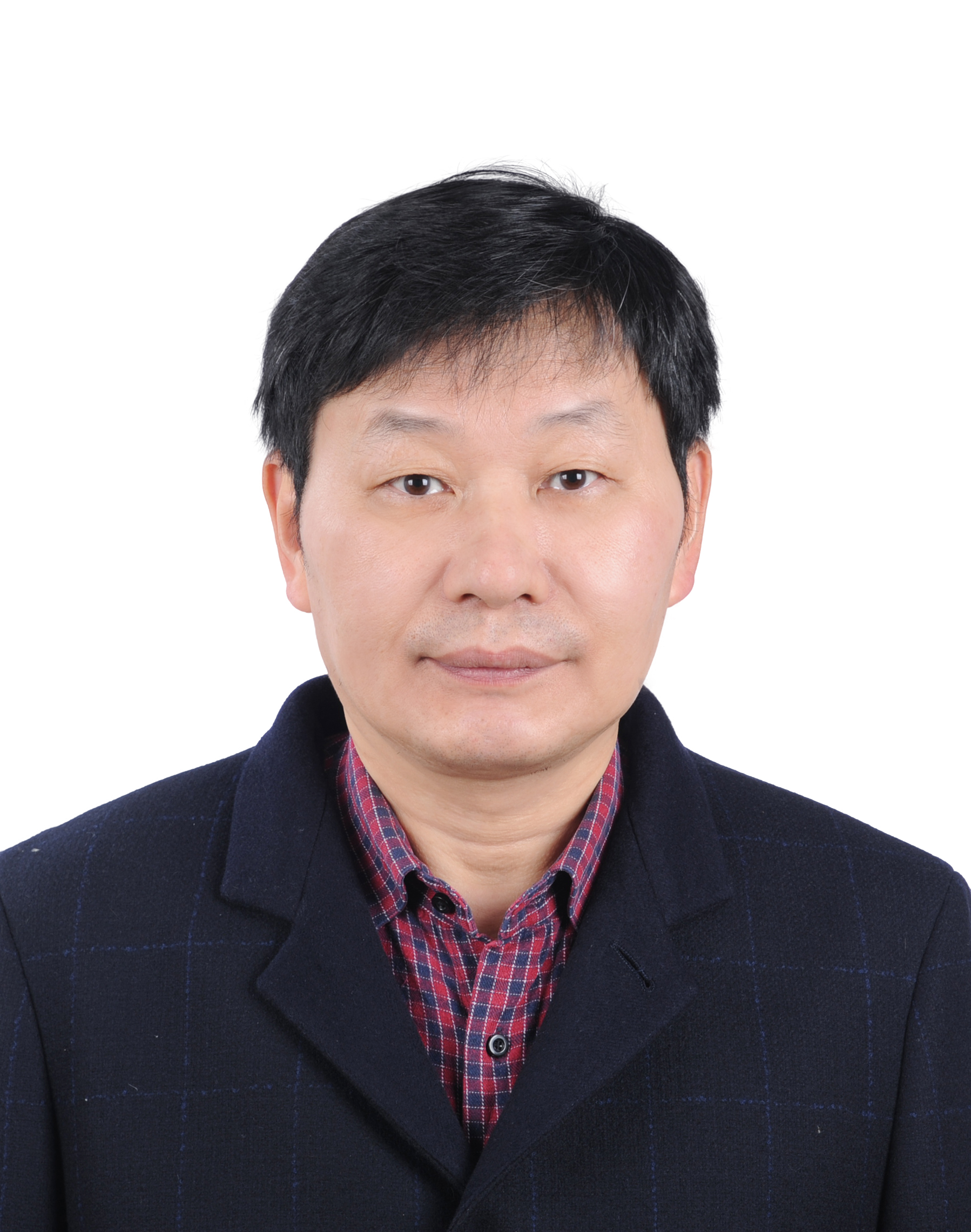
Speakers
Prof. Zhihua Li Jiangnan University, China | Professor Zhihua Li has published more than 100 academic papers in journals and conferences; most of them are in high-level academic journals. He won the third prize of the provincial science and technology progress award and ranked first. He won the second prize of the Wuxi Science and Technology Progress Award and ranked second. His research interests include end-edge cloud key technology and its information security; cloud data center theory; cloud data center networks and their security; threat intelligence mining, analysis, and research; artificial intelligence and its security; big data mining; computational imaging; and parallel and distributed computing. Speech Title: Optimized scheduling and management for virtual resources in cloud data centers Abstract: In cloud data centers, Virtual Machine (VM) migration and VM placement are the baseline approaches to technical enablement of Virtual Machines (VMs) consolidation. VM migration facilitates performing load balancing; VMs consolidation aims to improve energy efficiency and guarantee quality of service (QoS) in data centers. Both VMs consolidation, VM placement and VM migration involve various factors, such as CPU utilization, memory utilization, bandwidth, disk size, and so on. Thus, VMs consolidation is a multi-resource constraint problem; Additionally, since the stochastic workload, the dynamic and uncertain resource demands of VMs, the efficient VMs consolidation should attempt to perform an ideal balance among degrading energy consumption, optimizing resource utilization, and guaranteeing QoS, which needs to be addressed from a entirety and globalization perspective and difficult. Therefore, VMs consolidation is a multi-objective optimization issue with multiple resource constraints. To address this issue, several energy-aware VMs dynamic consolidation algorithms are proposed. |
Prof. Keyang Cheng Jiangsu University, China | Prof. Keyang Cheng is currently a member of the Multimedia Special Committee of the Chinese Computer Society, the Internet of Things Special Committee of the Chinese Computer Society, the Pattern Recognition and Machine Intelligence Special Committee of the Chinese Automation Society, the Pattern Recognition Special Committee of the Chinese Artificial Intelligence Society, and a high-level talent of the "333 Project" in Jiangsu Province. He mainly engaged in research in the fields of artificial intelligence and pattern recognition and led 10 projects, such as the National Natural Science Foundation of China, the National Engineering Laboratory Fund of China, and the Jiangsu Provincial Natural Science Foundation. He has published over 50 academic papers in top journals and conferences such as TNNLS, TII, TCSVT, MM, ICDE, and ICME, applied for more than 30 patents and software copyrights, published 4 books, and received the Jiangsu Provincial Science and Technology Award twice. Speech Title: New Progress of Interpretability Theory in Deep Learning Abstract: With the rapid development of deep neural network theory and technology, the opacity of deep neural network models and the inexplicability of results seriously hinder its application in high-risk fields. Issues such as the "black box" nature of models and unreliable decision-making paths have been explored and studied by relevant researchers in the early stages of deep learning development. Today, there are numerous achievements in the field of interpretability research in deep learning. This report will firstly discuss the measurement and evaluation indicators of interpretability in deep learning. Secondly, it will summarize the current theoretical progress of deep learning interpretability theory in constructing internal interpretable deep learning models and interpreting existing deep learning models. Then it will share the existing interpretable research exploration ideas and methods of our team; Finally, based on the current high-risk application fields, it will look forward to the direction and challenges of future research. |
Prof. Wanyang Dai Nanjing University, China | Wanyang Dai is a Distinguished Professor at Nanjing University and Chief Scientist at Su Xia Control Technology. He is the President and CEO of the U.S.-based (blockchain and quantum computing) SIR Forum, President of the Jiangsu Probability and Statistical Society, and Chairman of the Jiangsu Big Data-Blockchain and Smart Information Special Committee. He received his Ph.D. in mathematics, systems, and industrial engineering from the Georgia Institute of Technology in the USA. He was an MTS and principal investigator at U.S.-based AT&T Bell Labs (currently Nokia Bell Labs) with a project called “Technology Transfer,” now called a cloud system. He was the Chief Scientist at the DepthsData Digital Economic Research Institute. He published numerous influential papers in big-name journals, including Probability in the Engineering and Informational Sciences, Quantum Information Processing, Operations Research, Operational Research, Queueing Systems, Computers & Mathematics with Applications, Communications in Mathematical Sciences, and Journal of Computational and Applied Mathematics. He has received various academic awards and has presented over 60 keynote and plenary speeches at IEEE/ACM, big data and cloud computing, quantum computing and communication technology, computational and applied mathematics, biomedical engineering, mathematics and statistics, and other international conferences. He has been serving as IEEE/ACM conference chairs, editors-in-chief, and editorial board members for various international journals ranging from artificial intelligence, machine learning, data science, wireless communication, pure mathematics, and statistics to their applications. Wanyang Dai is a Distinguished Professor in Nanjing University, Chief Scientist in Su Xia Control Technology. He is the President & CEO of U.S. based (Blockchain & Quantum-Computing) SIR Forum, President of Jiangsu Probability & Statistical Society, Chairman of Jiangsu BigData-Blockchain and Smart Information Special Committee. He received his Ph.D. in mathematics and systems & industrial engineering from Georgia Institute of Technology in USA. He was an MTS and principal investigator in U.S. based AT&T Bell Labs (currently Nokia Bell Labs) with some project won “Technology Transfer” now called cloud system. He was the Chief Scientist in DepthsData Digital Economic Research Institute. He published numerous influential papers in big name journals including Probability in the Engineering and Informational Sciences, Quantum Information Processing, Operations Research, Operational Research, Queueing Systems, Computers & Mathematics with Applications, Communications in Mathematical Sciences, and Journal of Computational and Applied Mathematics. He received various academic awards and has presented over 60 keynote/plenary speeches in IEEE/ACM, big data and cloud computing, quantum computing and communication technology, computational and applied mathematics, biomedical engineering, mathematics & statistics, and other international conferences. He has been serving as IEEE/ACM conference chairs, editors-in-chief and editorial board members for various international journals ranging from artificial intelligence, machine learning, data science, wireless communication, pure mathematics & statistics to their applications. Speech Title: Quantum computer centered cloud-computing for generative AI & future communication systems Abstract: We study quantum computer centered cloud-computing for generative AI and future communication systems. The primary motivation of our study is to provide supercomputing power for high-dimensional vector decision-makings in real-world systems ranging from generative AI based big model to wireless networks and communication systems such as quantum 6G/IoT. We will build efficient quantum computers via different technologies such as quantum entanglements that are realized through neutral atoms & indirect-measurement oriented feedback controls. The performance models are derived for n-qubit quantum computer-based quantum storage and processing interactive systems. The generative AI based decision-making big model through blockchained federated learning and game-theoretic policy is also established and simulated. |
Prof. Wenjie feng South China University of Technology | Prof. Wenjie feng is now a professor and doctoral supervisor at the School of Telecommunications, South China University of Technology, National Outstanding Youth (2018), and Deputy Director of the Guangdong Key Laboratory of Millimeter-wave Terahertz. His main research area is microwave/millimeter wave circuits and devices. He won the second Prize of Science and Technology of Jiangsu Province in 2015, the second Prize of Science and Technology Progress of the Chinese Society of Electronics in 2021, the Outstanding Young Backbone Teacher of Jiangsu Province's "Blue Project" in 2017, and the ACES-China Young Scientist Award in 2018. I presided over a total of more than 10 projects at the national and provincial levels. He has published more than 200 papers in international journals and conferences, among which more than 110 IEEE journal papers (more than 80 IEEE Transactions papers) have been included in SCI, and papers have been cited more than 5000 times. He was invited to cooperate in writing a chapter of an English monograph and was authorized more than 40 national invention patents. He is currently an associate editor of several SCI journals. Speech Title: Overview of W-band Gap Waveguide Passive Components and Antenna Array for System Integration Abstract: Four Substrate Integrated Gap Waveguide (SI-GWG) antenna arrays and four SI-GWG components are summarized in this overview paper. The SI-GWG antenna arrays are all implemented on the substrate to achieve a light weight design for such as small unmanned aerial vehicle application. The SI-GWG bandpass filter is implemented using the Micro- Electromechanical System (MEMS) technique. The SI-GWG microstrip transitions are introduced here for system integration between the antenna and the active chips. The SI-GWG packaging lid is designed by 3-D printing technique. Finally, the future development of the SI-GWG is given in the Conclusion. |



